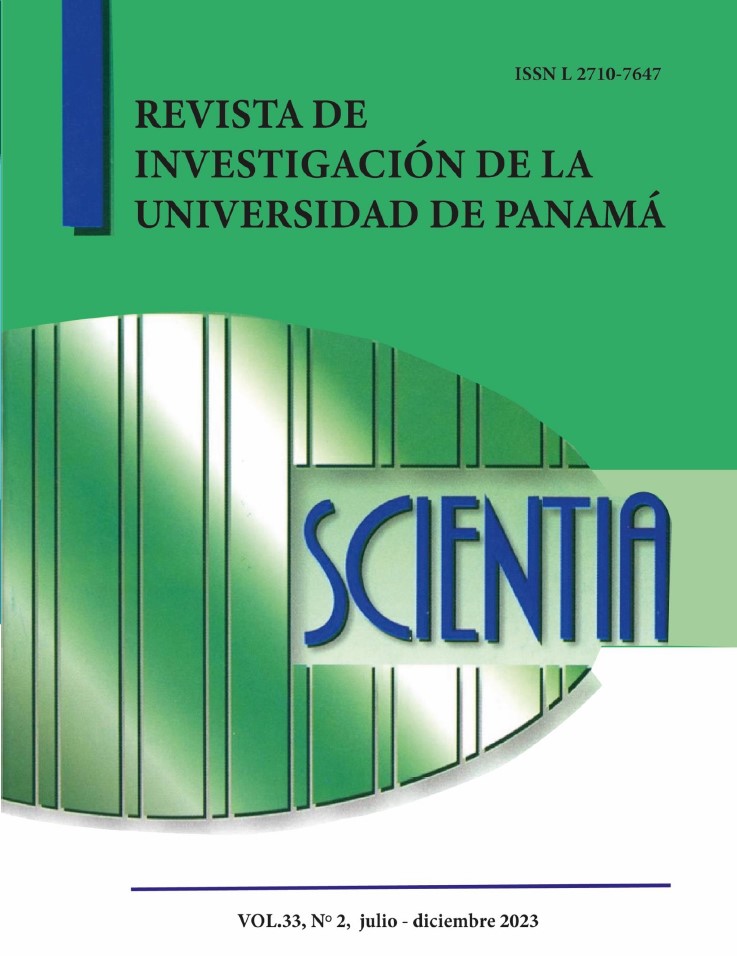

Copyright (c) 2023 Scientia

This work is licensed under a Creative Commons Attribution-NonCommercial-ShareAlike 4.0 International License.
Characterized bacterial strains from nosocomial environments, the same was carried out during the months of January and June 2018. It was held in two Nosocomios of the Azuero Region, where the following rooms were evaluated: Intensive Care, Men's Hospitalization Room, Women's Hospitalization Room and Emergency Room. The samples were taken by the Q-Swab technique for inert surfaces and by hand wash for living surfaces; and then taken to the lab. They were then inoculated in six selective crop media, to be characterized and given the antibiogram test by the Kirby-Bauer technique. 23 bacterial strains were isolated from which 13 corresponded to Staphylococcus spp, two to Escherichia coli, Enterobacter spp., Pseudomonas spp., and four Proteus spp. The strains that had the most resistance the antibiotics were: Proteus spp and Staphylococcus spp. with resistance to four antibiotics, Escherichia coli resistant to three antibiotics, Enterobacter spp resistant to two antibiotics and Pseudomonas spp. to an antibiotic. The microorganisms most commonly isolated in both hospitals were yeasts (45% for HA and 64% for HB), Staphylococcus spp. The antibiotics that had the most resistance in both hospitals were Clarithromycin and Nitrofurantoin.